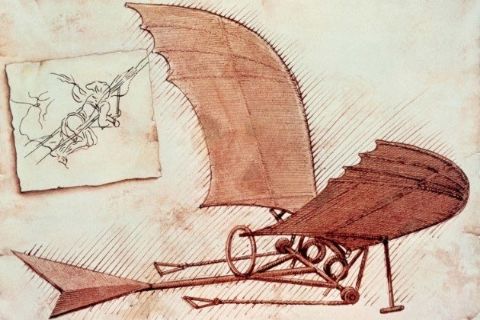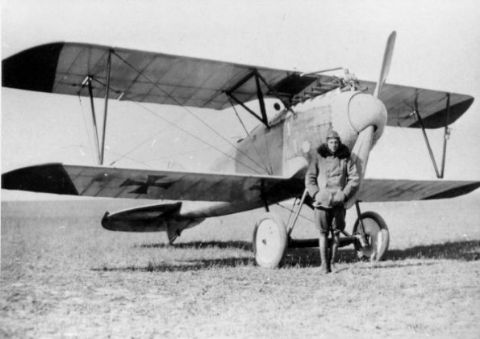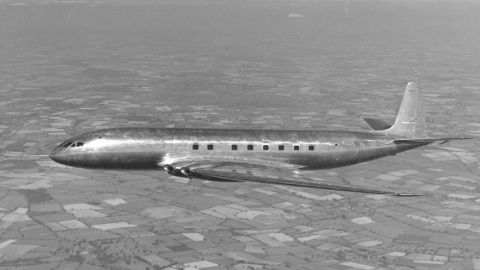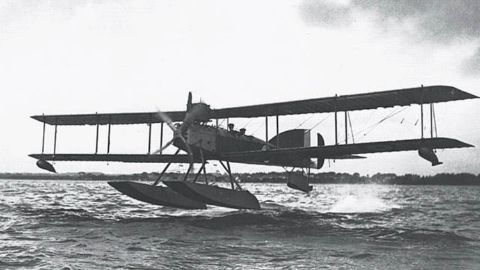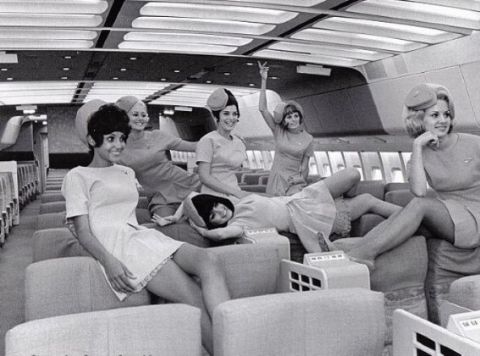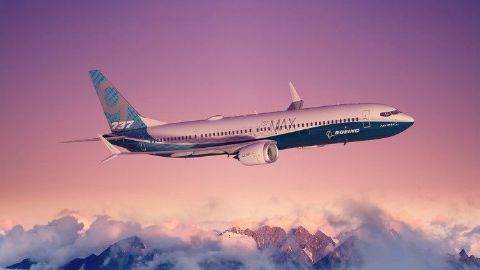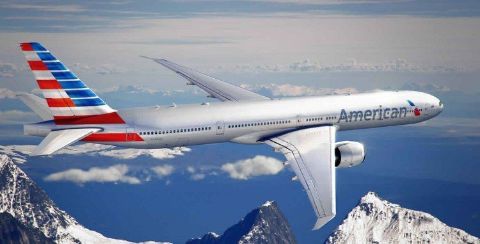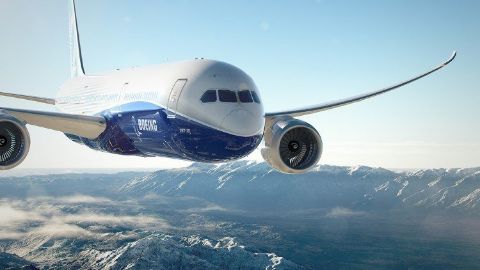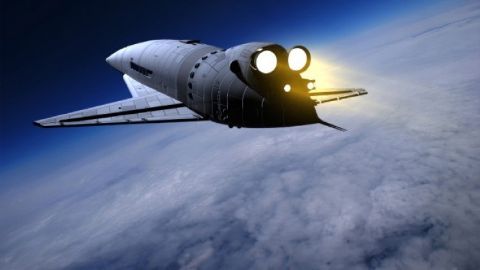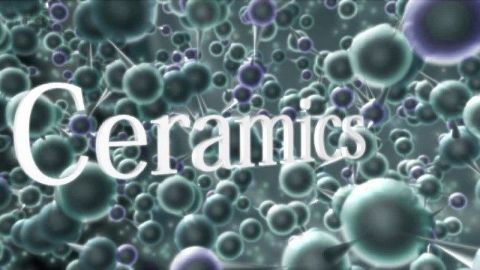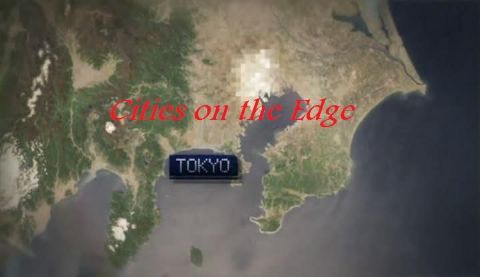The Modern Age • 2009 • episode "10/13" • The Amazing World Of Aviation
The Boeing 737 twin-engine jetliner was to become Boeing's greatest success. It had one of the lowest approach speeds of any jet transport, a great asset when landing at smaller airports with shorter runways. It also required minimum equipment for use in refueling. However, despite all its advantages, the 737 was soon overshadowed by the new, improved 747 Jumbo Jet.
Make a donation
Buy a brother a hot coffee? Or a cold beer?
Hope you're finding these documentaries fascinating and eye-opening. It's just me, working hard behind the scenes to bring you this enriching content.
Running and maintaining a website like this takes time and resources. That's why I'm reaching out to you. If you appreciate what I do and would like to support my efforts, would you consider "buying me a coffee"?
Donation addresses
BTC: bc1q8ldskxh4x9qnddhcrgcun8rtvddeldm2a07r2v
ETH: 0x5CCAAA1afc5c5D814129d99277dDb5A979672116
With your donation through , you can show your appreciation and help me keep this project going. Every contribution, no matter how small, makes a significant impact. It goes directly towards covering server costs.
